Auto-stop: Behind the technology
So, now we know how auto-stop works, what's happening behind the scenes? It turns out there's much more to it than just an engine control module (ECM) controlled starter motor. However, the starter motor is a great place to start in discussing the technology.
If you listen to a vehicle start up that has auto-stop technology, you'll note the starter sounds much different than a vehicle with a conventional starter. That's because an auto-stop equipped vehicle will see much higher start motor usage than a vehicle without auto-stop technology. As such, the starter motor has the following upgraded features:
High performance electrical windings and characteristics
Improved-strength starter pinion gear engagement system
Improved design to both reduce starter noise and decrease engine start times
In addition to improving the starter motor, battery monitoring technology must be improved as well, to more accurately measure the state of the battery charge. A modest count of auto-stop cycles can lead to a discharged battery relatively quickly since the starter motor requires so much current to operate. In order to more accurately measure the state of charge in the battery, there is an intelligent battery sensor connected to the battery which continuously monitors both the charge state and the overall health of the battery itself.
Another major component of the auto-stop system is an auxiliary fluid accumulator for the automatic transmission. This is an ECM-controlled unit which accumulates and captures transmission line pressure from the transmission, and then allows it to be supplied to the transmission to begin clutch engagement when the vehicle is transitioning from auto-stop to engine running mode.
Beyond these major components, many subsystems are monitored in order to determine either whether an auto-stop event can be allowed, or if a transition to engine-running should be performed.
Conditions to allow auto-stop to occur
General vehicle state:
Hood is closed
Driver's door is closed
Driver seatbelt is buckled
Vehicle operating conditions:
Vehicle is moving less than 3MPH
Initial drive cycle reaching 12MPH
Engine speed is below 1500 RPM
Engine is not in an overheated conditions
Transmission is in DRIVE (L or M range disables auto-stop)
Brake is depressed
No pending or set diagnostic trouble codes for auto-stop (and related) subsystems
Auto-stop active for less than 2 minutes
Environmental conditions:
Warmer than 40*F outside
Battery temperature warmer than 32*F and less than 131*F
High demands on HVAC system are not requested (inc. defrost)
All of the above conditions are continuously monitored, and if any of the criteria fail to be met, the engine will restart.
TRIFECTA Performance Auto Stop Mode
How it works is simple: When the cruise control subsystem is armed (via the steering wheel button), auto-stop works normally, just as it did from the factory. When the cruise control subsystem is disarmed, auto-stop events are re-calibrated with sport and performance strictly in mind.
Furthermore, the feature can be enabled and disabled at any time. For example:
If the vehicle is auto-stopped, switching the cruise control subsystem off causes the engine to restart immediately.
If the engine is running because no auto-stop event could occur due to the cruise control system being disabled, enabling it will cause the engine to stop immediately, provided all of the other auto-stop criteria above is met as well.
All of this, and there is no effect on the operation of the cruise control system.
Conclusion
We have always prided ourselves on providing value-added features to vehicle owners through our calibration products. TRIFECTA Performance Auto-Stop Mode is no exception, and we believe it will become very popular as more vehicles incorporate auto-stop technology!
- TRIFECTA Advanced Software Division

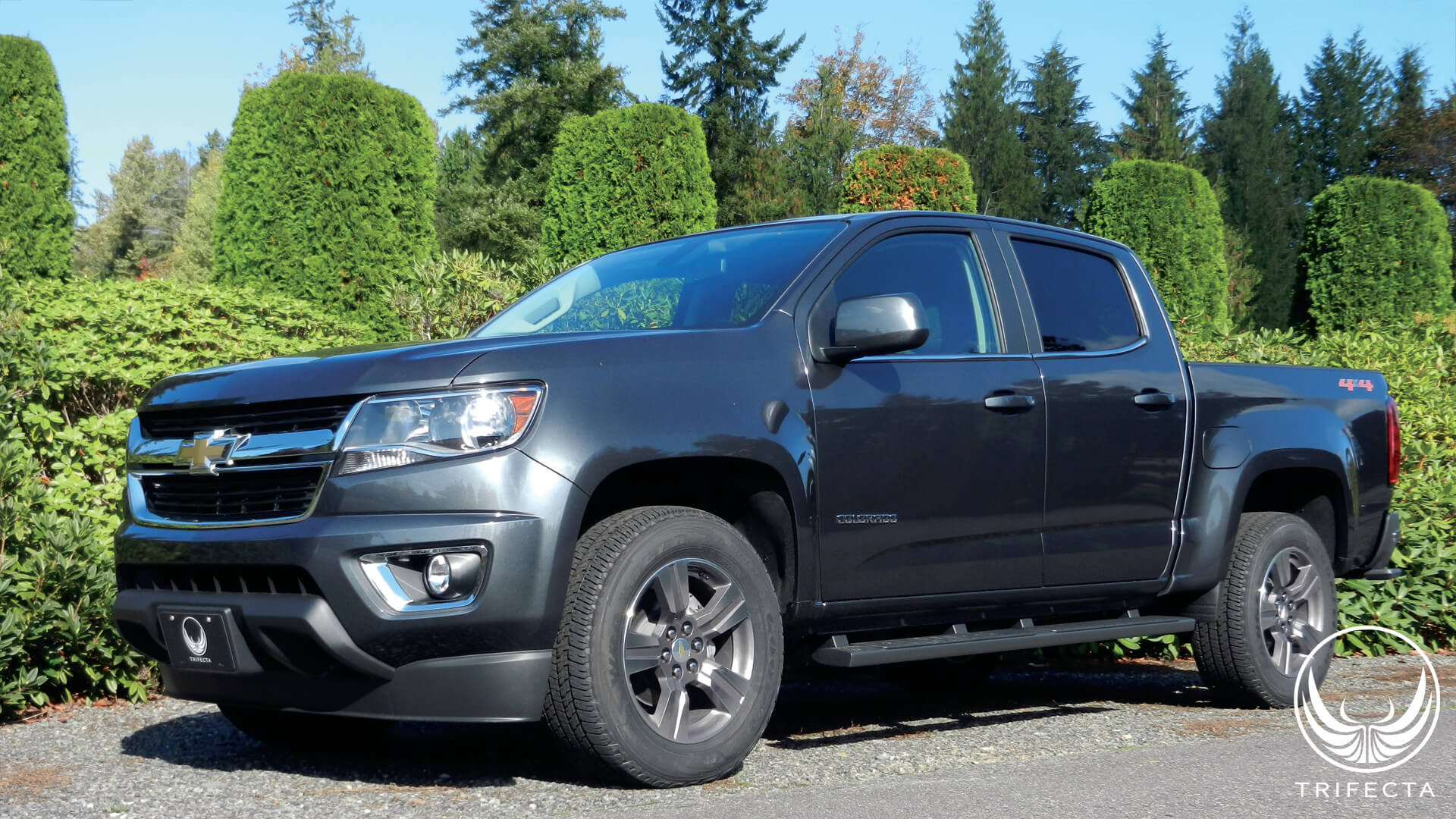
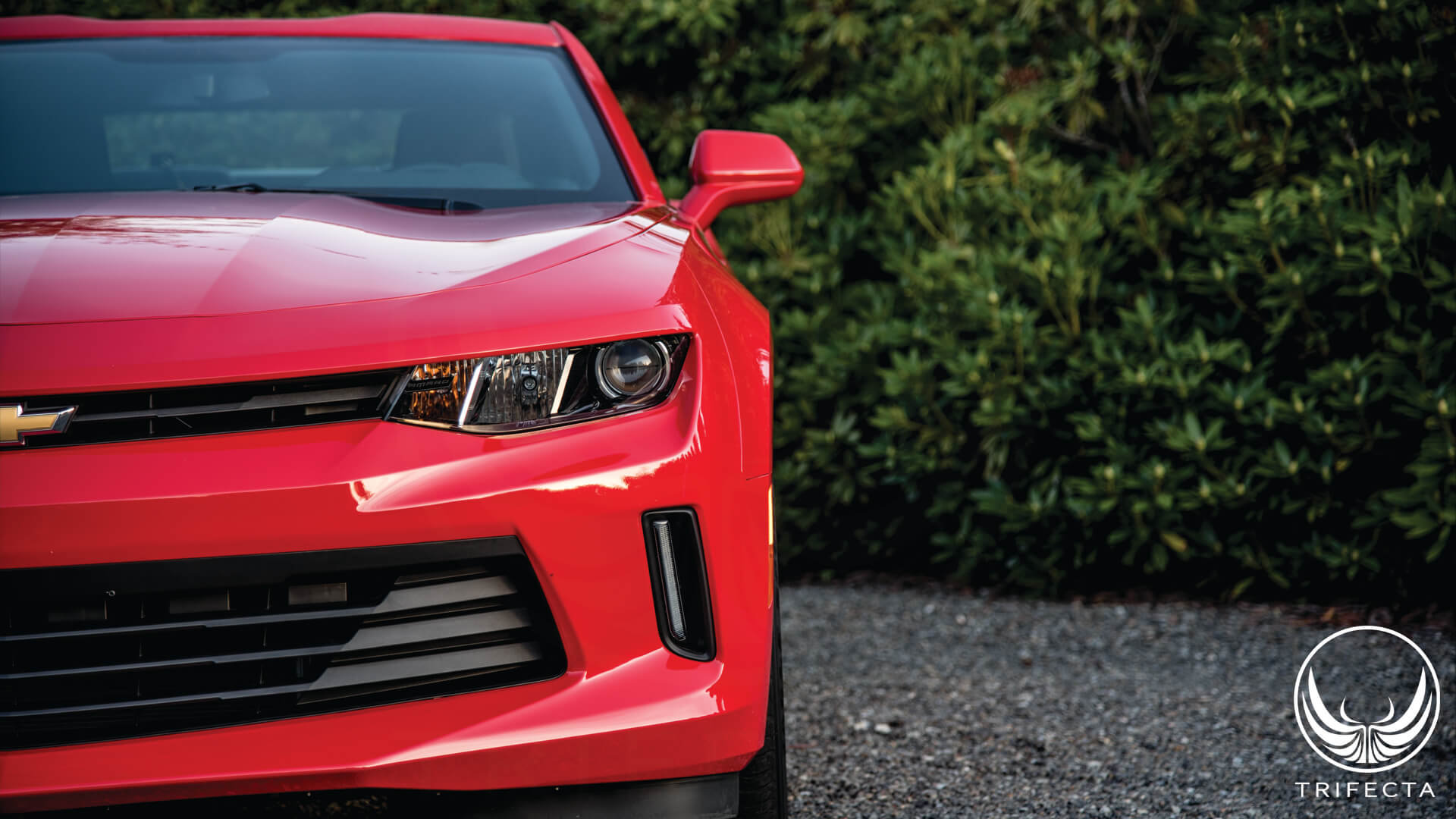
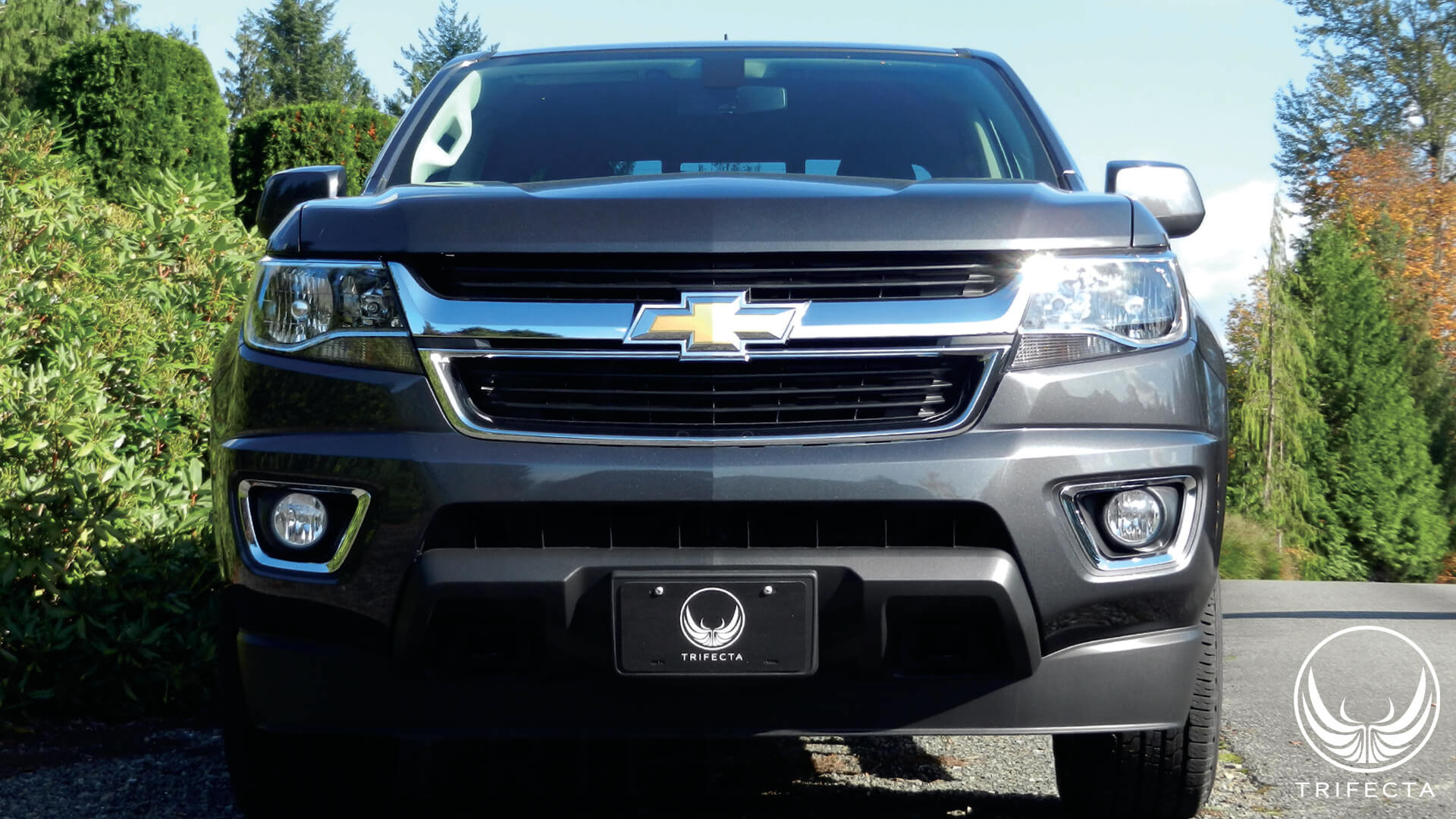
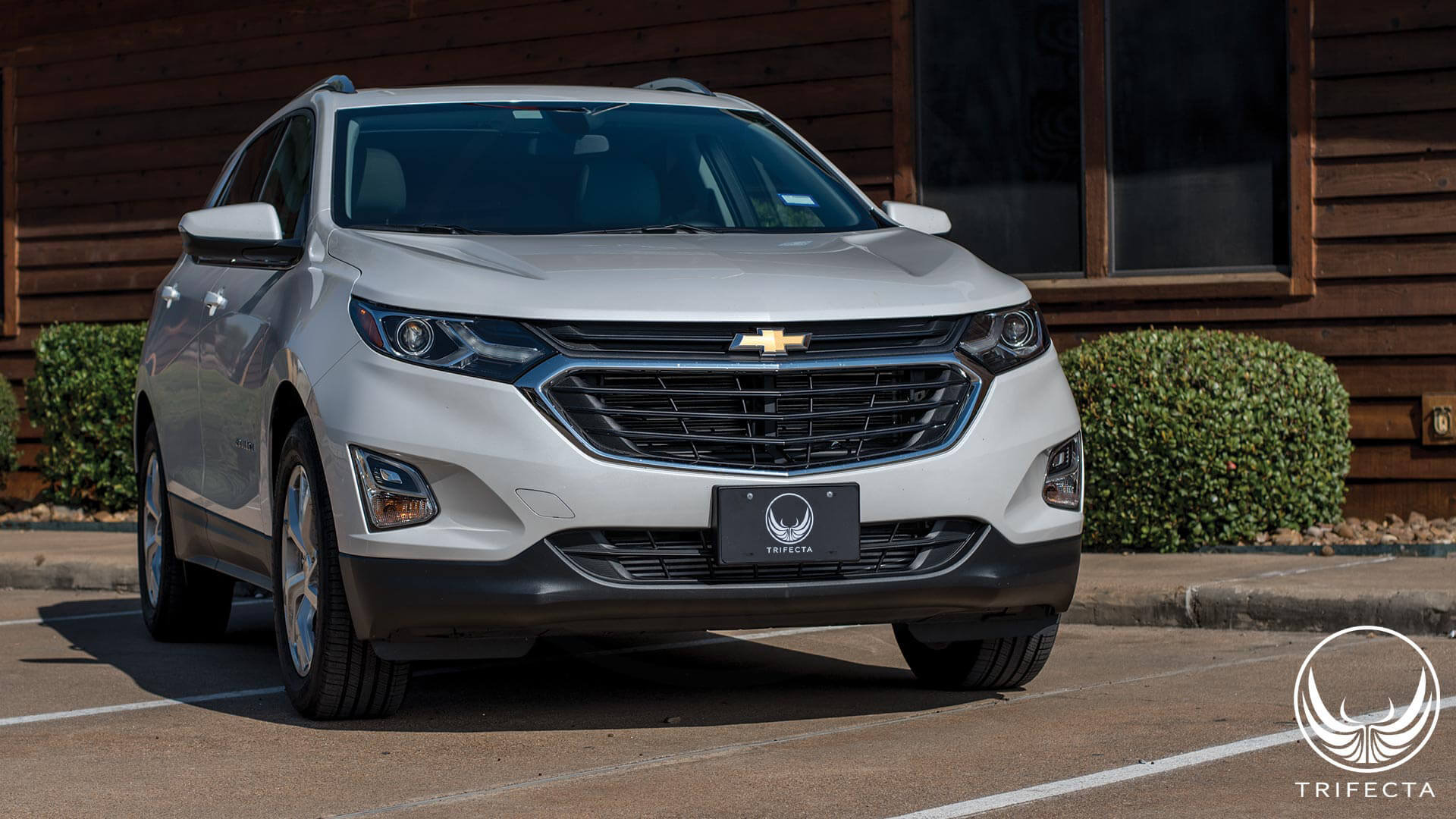
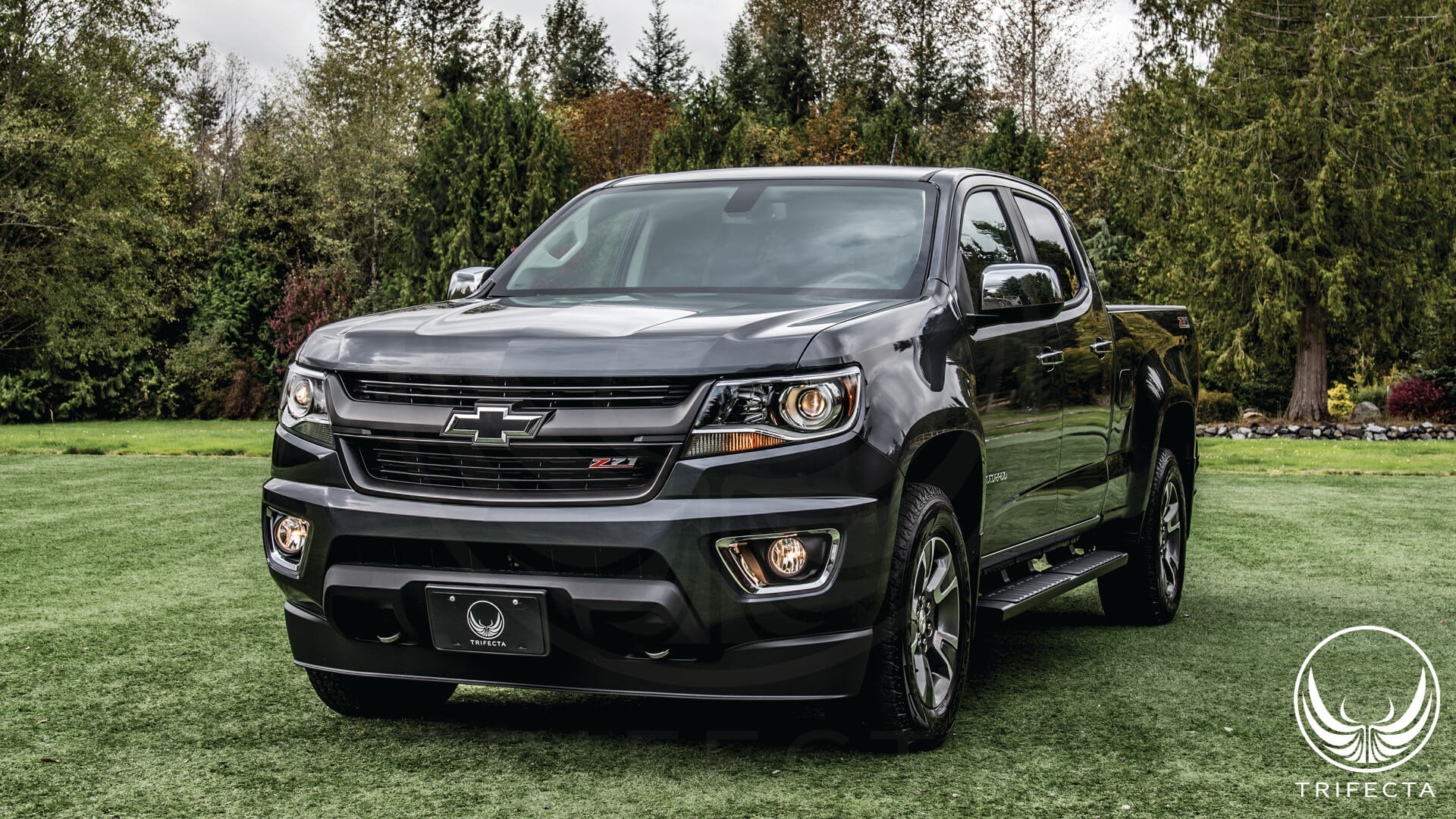
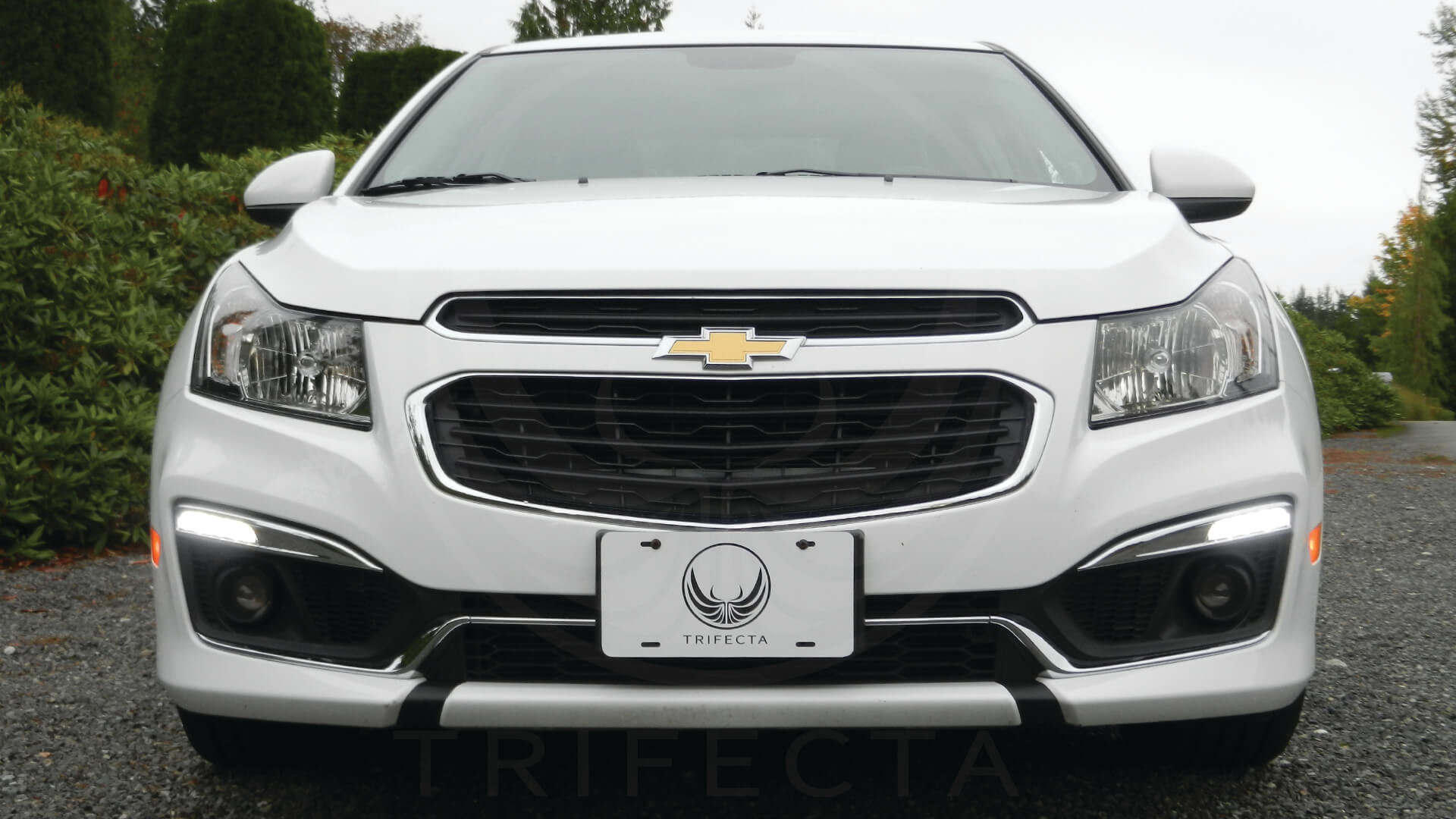

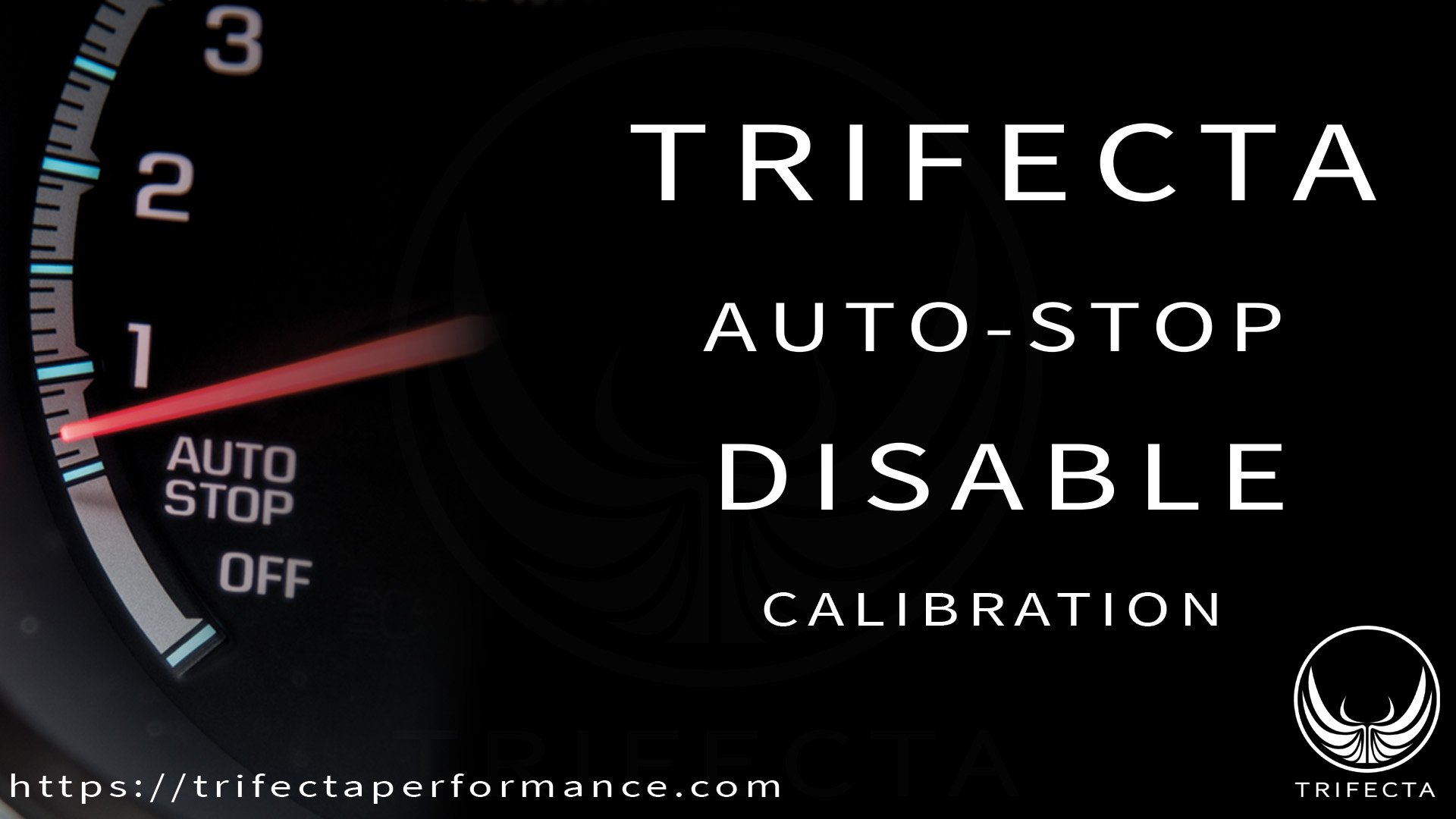
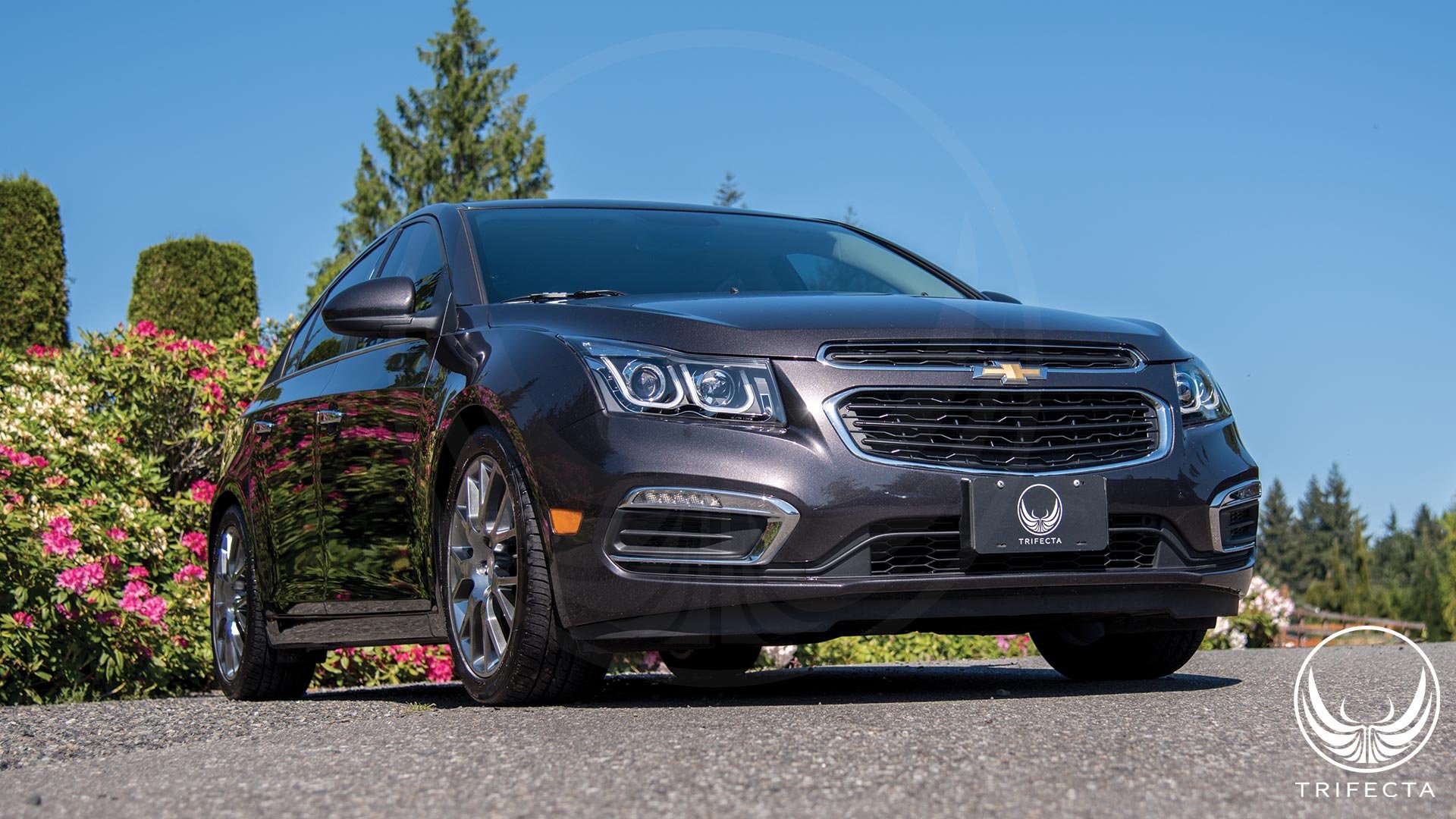
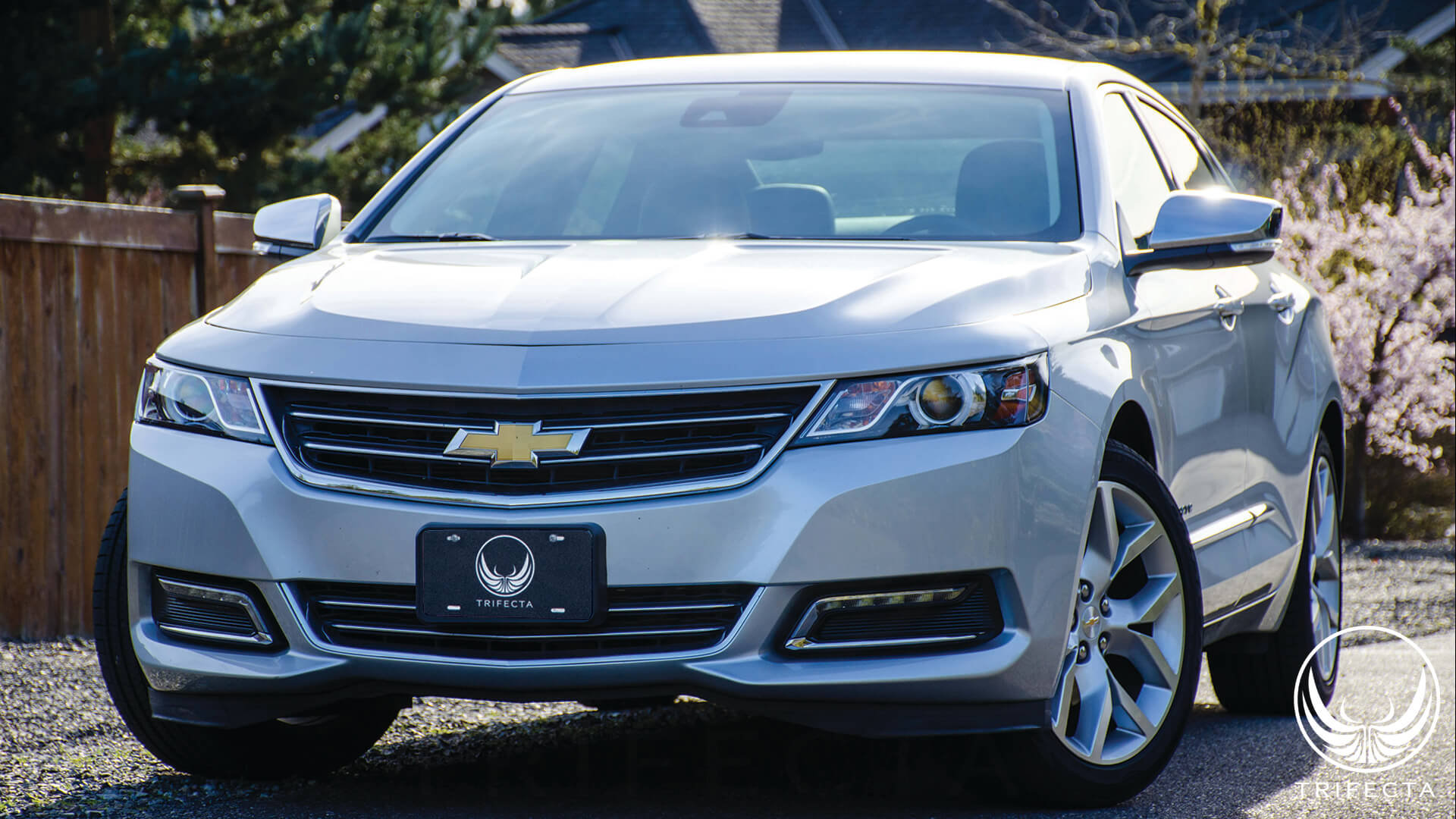
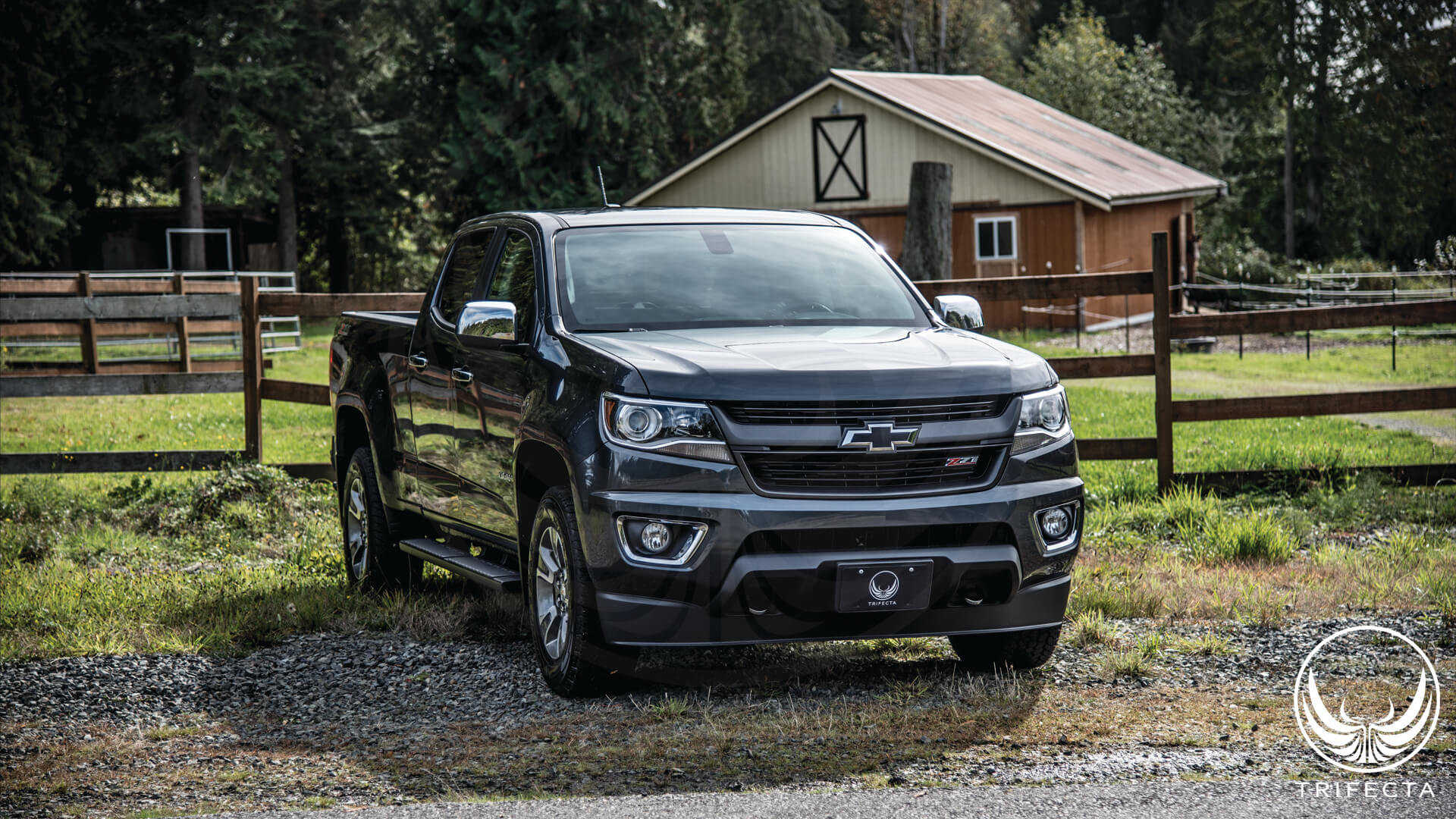
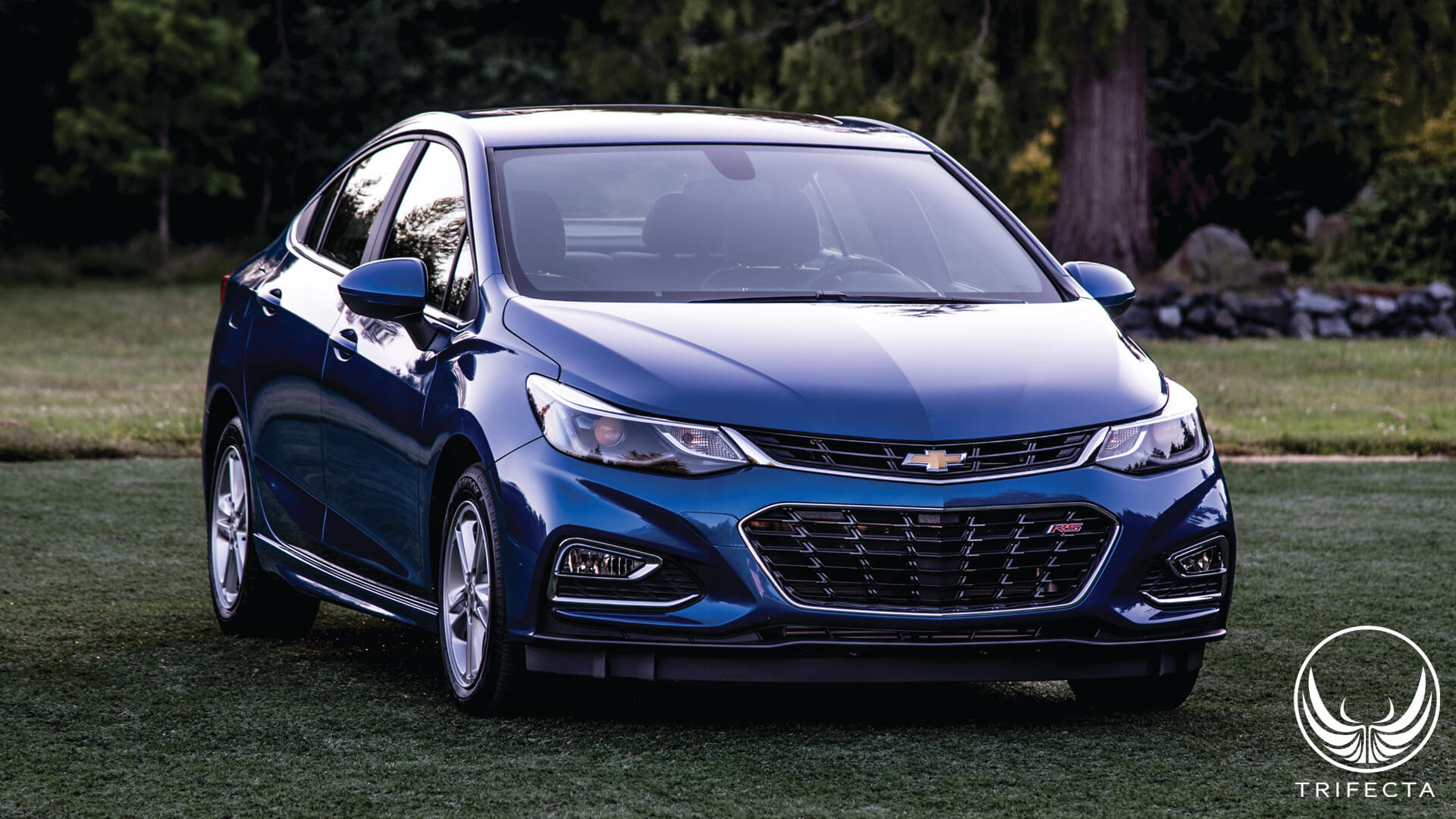

Recommended Comments
Join the conversation
You can post now and register later. If you have an account, sign in now to post with your account.